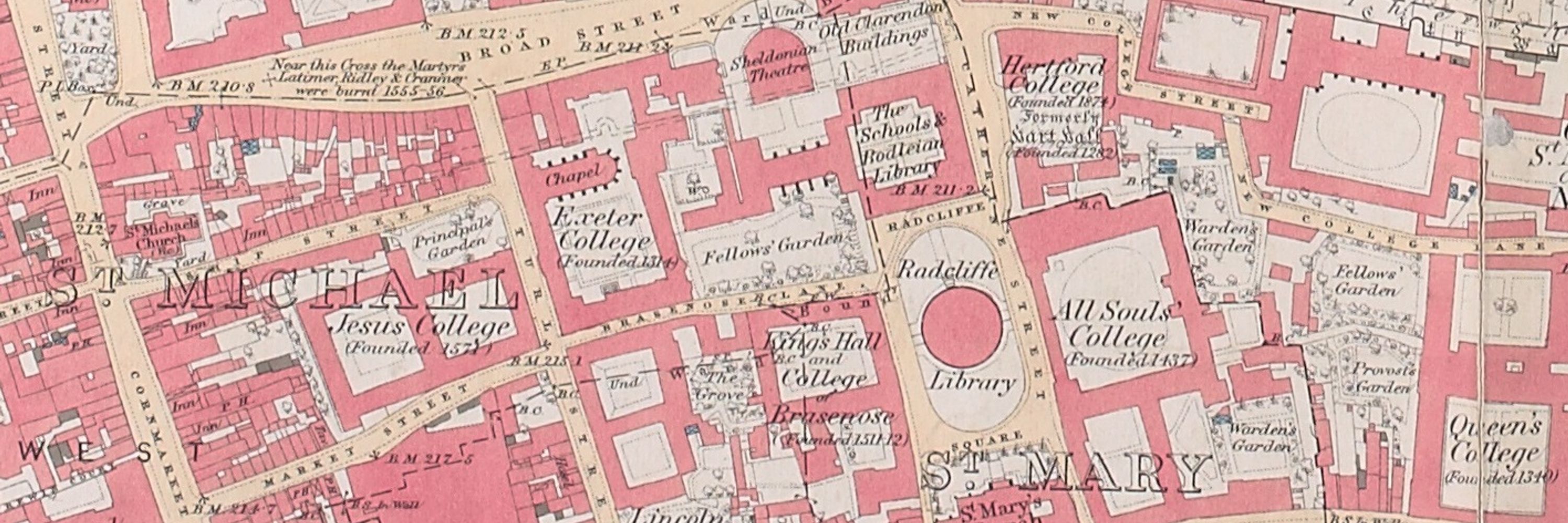Saw this on a map
@stuartackland.bsky.social
380 followers
2 following
63 posts
From crazy cartouches, wonderful beasts or general carto-frippery, a site that highlights the non-map part of maps! From the Map team at the Bodleian Library
Posts
Media
Videos
Starter Packs



















































